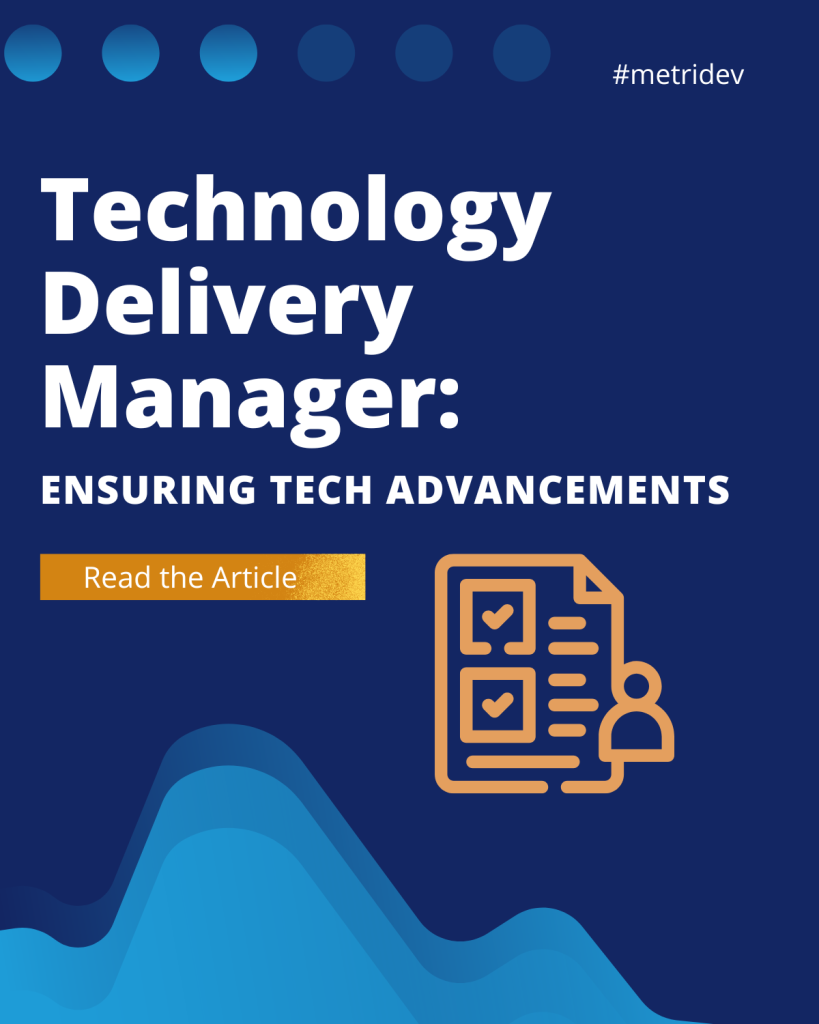Introduction
In the fast-paced and ever-evolving world of engineering, decision-making plays a crucial role in determining the success or failure of projects. With the advent of the digital age, the complexity and speed of decision-making have increased exponentially. This article explores the concept of decision-making engineering and its significance in today’s technological landscape. By understanding the principles and process of decision-making engineering, professionals can make more informed and effective decisions that lead to success.
What is decision-making in engineering?
Decision-making in engineering refers to the process of selecting the best course of action among various alternatives to solve a problem or achieve a desired outcome. It involves evaluating different options, considering the associated risks and benefits, and making a choice based on available information and analysis. In the digital age, decision-making in engineering has become even more critical due to the vast amount of data and the need for real-time decision- making.
The importance of effective decision-making in the digital age
In today’s digital age, where technology is advancing at an unprecedented pace, effective decision-making is paramount for engineering professionals. Transitioning into the discussion of this topic, the rapid development of artificial intelligence, big data analytics, and automation has increased the complexity of decision-making. This complexity necessitates engineers to adapt to new methodologies and tools. Moreover, making informed decisions in a timely manner is crucial to remain competitive and drive success in the digital age. By embracing new technologies and methodologies, engineers can enhance their decision-making processes and stay ahead in an ever-evolving technological landscape.
What are the 4 types of decision-making?
There are four types of decision-making in engineering:
- Programmed decisions: These are routine decisions that are made in response to recurring situations. They are often based on standard operating procedures and predefined rules.
- Non-programmed decisions: These are unique decisions that arise from unfamiliar situations or problems that do not have predetermined solutions. They require a higher level of analysis and judgment.
- Individual decisions: These decisions are made by individuals within an engineering organization. They may be based on personal preferences, experiences, or expertise.
- Organizational decisions: These decisions involve multiple stakeholders within an organization and are made collectively. They often require coordination and collaboration among different teams or departments.
Understanding the principles of decision-making engineering
Decision-making engineering is based on the principles of rational decision making and optimization. Transitioning into the discussion of its key principles, it emphasizes the use of data-driven approaches, analytical tools, and systematic processes to make informed decisions. Firstly, data-driven decision-making relies on data and information to guide the decision-making process. This involves collecting, analyzing, and interpreting relevant data to make informed choices. Transitioning to the next principle, risk assessment involves assessing the risks associated with different options and evaluating their potential impact on the desired outcomes. Furthermore, optimization aims to identify the best course of action that maximizes benefits and minimizes risks and costs. Lastly, continuous improvement is an iterative process that encourages learning from past decisions and improving future decision-making through feedback and evaluation. By integrating these principles, decision-making engineering facilitates efficient and effective decision-making processes within various domains.

What is the decision theory of engineering?
The decision theory of engineering is a framework that provides a systematic approach to decision-making. It combines principles from engineering, mathematics, and economics to analyze resolution problems and identify optimal solutions. The decision theory of engineering considers factors such as uncertainty, risk, and trade-offs in decision-making and provides a structured methodology to evaluate alternatives and make rational choices.
The process of decision-making engineering
The process of decision-making engineering consists of several steps:
- Identify the problem: Clearly define the problem or decision that needs to be made. Determine the objectives and desired outcomes.
- Gather information: Collect relevant data and information related to the problem. This may involve conducting research, analyzing historical data, or consulting subject matter experts.
- Analyze options: Evaluate different alternatives and assess their feasibility, risks, and potential benefits. Use analytical tools and techniques to compare and rank the options.
- Make a decision: Select the best alternative based on the analysis and evaluation. Consider factors such as cost, time, resources, and potential impact.
- Implement the decision: Put the decision into action by developing a plan, allocating resources, and executing the chosen course of action.
- Monitor and evaluate: Continuously monitor the implementation of the decision and evaluate its effectiveness. Make adjustments if necessary.
Tools and techniques for decision-making engineering
There are various tools and techniques available to support decision-making engineering. Firstly, decision matrices provide a structured approach to decision-making by comparing and evaluating different alternatives based on multiple criteria. They achieve this by assigning weights to different factors and ranking the options accordingly. Secondly, decision trees offer graphical representations of decision-making scenarios. It helps in assessing the risks and potential outcomes associated with different choices. Transitioning to the next tool, simulation models utilize mathematical algorithms to simulate real-world scenarios. It predicts the outcomes of different decisions. This enables engineers to test various options and assess their impact before making a final resolution. Lastly, cost-benefit analysis involves quantifying the costs and benefits associated with different alternatives. It assists in assessing the financial viability and potential return on investment of different decisions. By leveraging these tools and techniques, decision-making engineering can be more systematic, informed, and effective.
What are the different types of engineering decisions?
Engineering decisions can be categorized into various types based on their nature and scope. Firstly, design decisions involve selecting the best design solution for a specific engineering problem. These decisions necessitate considering factors such as functionality, aesthetics, sustainability, and manufacturability. Transitioning to the next category, process decisions focus on optimizing manufacturing or operational processes to improve efficiency, reduce costs, and enhance quality. Additionally, resource allocation decisions involve determining how to allocate available resources, such as manpower, equipment, and budget, to different projects or tasks.
Moreover, risk management decisions focus on identifying and mitigating potential risks and uncertainties associated with engineering projects. By assessing their likelihood and impact and implementing appropriate measures to minimize them. Lastly, investment decisions involve evaluating the financial viability and potential return on investment of different engineering projects. It considers factors such as cost, revenue, market demand, and long-term sustainability. By understanding and categorizing engineering decisions, engineers can approach them systematically and effectively.
Benefits of using decision-making engineering in business
The application of these principles in business provides several benefits. Firstly, improved decision quality is achieved through decision-making engineering, enabling more informed and data-driven resolutions, leading to better outcomes. Transitioning to the next benefit, enhanced efficiency is facilitated by using systematic processes and analytical tools, enabling engineers to make resolutions more efficiently and effectively. Moreover, reduced risks are a result of decision-making engineering, involving assessing and managing risks to decrease the likelihood of costly mistakes and failures.
Furthermore, optimized resource utilization is achieved by decision-making engineering through analyzing different options and considering factors such as cost and resource availability, thus helping in optimizing the allocation of resources. Lastly, embracing decision-making engineering can give businesses a competitive advantage by enabling them to make strategic and timely decisions in the rapidly changing digital landscape. By realizing these benefits, businesses can enhance their decision-making processes and gain a competitive edge in the market.
Challenges and potential pitfalls of decision-making engineering
While decision-making engineering offers numerous benefits, it also presents challenges and potential pitfalls. Transitioning into the discussion of these challenges, firstly, data overload in the digital age can be overwhelming. It can make it challenging to extract meaningful insights and make informed decisions. Secondly, uncertainty and complexity are inherent in many engineering problems, requiring decision-making engineering to deal with these complexities and make choices based on incomplete or uncertain information. Moreover, resistance to change may arise when implementing these methodologies, particularly from individuals or organizations accustomed to traditional decision-making approaches.
Additionally, overreliance on technology can be a challenge, as while technology can support decision-making engineering, overreliance on automated tools and algorithms may lead to overlooking critical human judgment and intuition. Lastly, lack of expertise poses a challenge, as effective decision-making engineering requires a deep understanding of engineering principles, analytical techniques, and data interpretation. The lack of expertise in these areas can hinder successful implementation. By acknowledging and addressing these challenges, organizations can navigate the complexities of decision-making engineering more effectively.
What are 5 examples of decision-making?
Here are five examples of decision-making in engineering:
- Material selection: Choosing the right material for a specific engineering application involves considering factors such as mechanical properties, cost, availability, and environmental impact.
- Equipment selection: Selecting the appropriate equipment or machinery for a manufacturing process requires evaluating different options based on factors such as capacity, efficiency, maintenance requirements, and cost.
- Project prioritization: Prioritizing engineering projects involves assessing their strategic importance, financial viability, resource requirements, and potential impact on business objectives.
- Supplier selection: Deciding on the best supplier for engineering materials or components involves evaluating factors such as quality, reliability, cost, delivery time, and customer support.
- Risk assessment: Assessing and managing risks associated with engineering projects requires analyzing potential hazards, estimating their likelihood and impact, and implementing risk mitigation measures.
How decision-making engineering can drive success in the digital age
Decision-making engineering is a powerful tool that can drive success in the digital age by enabling engineering professionals to make efficient and effective resolutions. Transitioning into discussing its benefits, by leveraging data, analytical tools, and systematic processes, it empowers engineers to navigate the complexities and uncertainties of the digital landscape. Moreover, it allows businesses to respond quickly to changing market conditions, identify new opportunities, and optimize resource allocation. Furthermore, embracing it can give organizations a competitive advantage and position them for long-term success in the digital age. By integrating decision-making engineering into their operations, organizations can enhance their agility and resilience in an increasingly dynamic and competitive business environment.
Conclusion
In conclusion, decision-making engineering is a critical discipline in the digital age that can unlock success for engineering professionals and businesses. By understanding the principles, process, and tools, professionals can make more informed, efficient, and effective resolutions. While challenges and potential pitfalls exist, the benefits of decision-making engineering outweigh the risks. Embracing it can position organizations for a competitive advantage in the fast-paced and rapidly changing digital landscape. So, let’s embrace decision-making engineering and unlock success in the digital age!
Read our article Project Engineering Management: Key Strategies for Success and gain a competitive advantage in the digital age.









Leave a Reply